The 77-year-old expert with the largest number of 69 people infected with hepatitis C: There is no vaccine to focus on controlling blood-borne transmission.
CCTV News:Recently, some media reported that hepatitis C infection broke out in hemodialysis patients in Dongtai People’s Hospital of Yancheng City, Jiangsu Province. Today (27th), Dongtai Municipal People’s Government responded to this report through its official signal "Dongtai Release", saying: "After screening and testing all hemodialysis patients, 69 cases of hepatitis C virus infection were diagnosed and confirmed. According to the investigation of the expert group, this incident was an nosocomial infection incident caused by the inadequate implementation of the hospital’s nosocomial infection management system. " At the same time, "the party secretary, dean and deputy dean of Dongtai People’s Hospital were dismissed and dealt with seriously by other responsible persons."
161 patients were screened on May 13th.
On May 13th, a case of hepatitis C antibody positive was found in the blood purification center of Dongtai People’s Hospital. The patient was a 60-year-old woman. Because hepatitis C is easily transmitted through blood, in order to prevent other patients from being infected, the hospital screened 161 patients who received hemodialysis treatment in the hospital.
Cao Guoping, Chief of Medical and Political Department of Dongtai Health and Health Commission: "On May 16th, after the screening, it was found that there were 69 people infected with hepatitis C virus, including 50 males and 19 females, the oldest being 77 years old and the youngest being 26 years old."
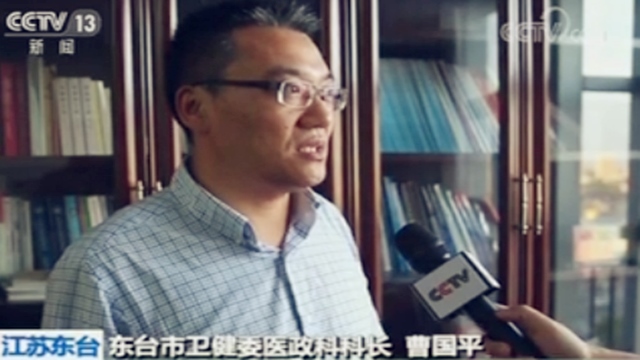
On the 16th, Dongtai Health and Health Commission reported the situation to Yancheng Health and Health Commission. In the evening, Jiangsu Province and Yancheng City organized 15 experts to station in Dongtai People’s Hospital to carry out investigation and disposal. On the 19th, the National Health and Health Commission sent a team of experts to Dongtai.
Chu Xudong, director of the Department of Infectious Diseases of Dongtai People’s Hospital: "After consultation with members of the expert group, on May 17th, the treatment plan for 69 infected people was determined. The specific measures are to treat 69 infected people with antiviral drugs. Among them, 11 patients with transaminase higher than 200 were admitted to hospital. Another 58 people received outpatient treatment. These 69 infected people are currently in stable condition and have no adverse reactions during medication. "
Preliminary identification: inadequate management leads to infection of patients.
It is understood that the blood purification center of Dongtai People’s Hospital was established in 1997, with 5 doctors and 14 nurses, and the annual dialysis volume is close to 20,000 cases.
Cao Guoping, chief of the medical and political department of Dongtai Health and Health Commission, said that there were three main reasons for this incident: First, the disinfection of the hands of medical staff, the disinfection of related equipment used during dialysis, and the disinfection measures in dialysis areas were not standardized. Second, the allocation of human resources in the hemodialysis room is insufficient. According to industry regulations, each nursing staff is generally responsible for the operation of six dialysis machines, but in actual work, each nursing staff in this hospital is responsible for the operation of nine machines. The third reason is that the hemodialysis isolation zone of hepatitis C patients in the hemodialysis room of this hospital has the problem of sharing channels with the normal dialysis zone.
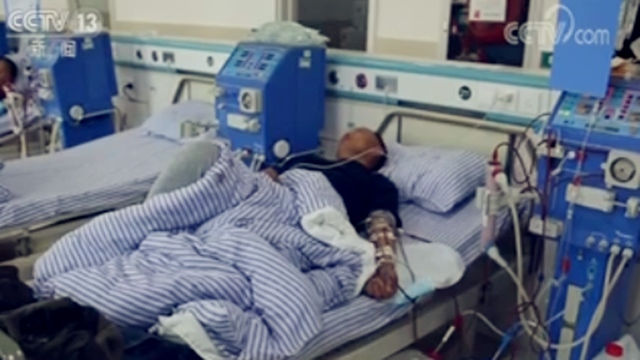
At present, according to the requirements of the national, provincial and Yancheng Health and Health Committees, Dongtai City is organizing a special inspection on the risk of nosocomial infection in the whole city to further standardize the diagnosis and treatment behavior. Dongtai Municipal Party Committee and Municipal Government ordered Dongtai People’s Hospital to quickly implement the rectification plan according to the opinions of the expert group and in view of the existing problems, and make rectification in place within a time limit.
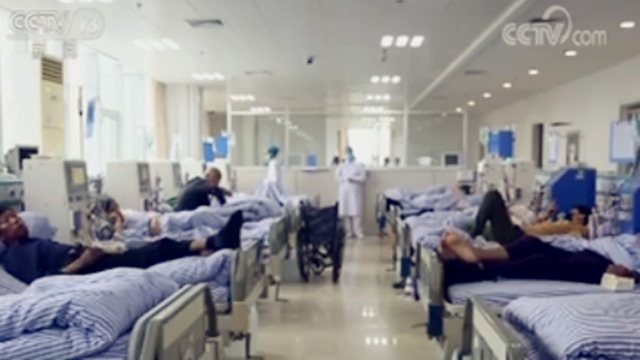
We have seen that at present, the local authorities have taken corresponding treatment measures for 69 infected people, and 16 responsible persons have also been held accountable. But we still have three questions to ask here: What problems are exposed? What disease is hepatitis C? How to treat patients?
First of all, let’s answer the first question: as many as 69 patients were infected with hepatitis C in the hospital, what problems were exposed? How to treat such a problem?
Hong Lin, a commentator on this station, said that this incident is really very sad. We can’t help asking, how can the hospital infection management system be treated as a child’s play? Because we know very well that such a thing can be avoided to a great extent if the relevant personnel strictly follow the medical rules. However, in this incident, both the person in charge of the hospital and the management have experienced great problems. Therefore, the hospital’s medical rules and regulations should not only be hung on the wall, but also be engraved in the hearts of medical staff at all times.
What kind of disease is hepatitis C? What’s the harm?
The nature of the problem is very clear, and the responsibility is also very clear. At the same time, the primary task at present is to treat 69 infected people. After all, talent is the most important thing. According to the reporter in front, 11 of the 69 infected people were admitted to hospital, and the other 58 received outpatient treatment. Then, we will answer today’s second question: What kind of disease is hepatitis C? What’s the harm? How is it different from hepatitis A and hepatitis B that we often hear? Let’s listen to Rao Huiying, a professor and chief physician in the Department of Hepatology, Peking University People’s Hospital.
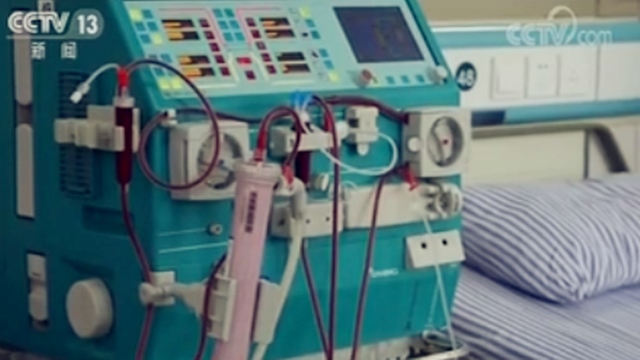
Rao Huiying, chief physician of the Department of Hepatology, Peking University People’s Hospital, said that 80% of infected people will develop chronic hepatitis, which can lead to liver inflammation, including fibrosis, and even develop into tumors. Common hepatitis is divided into five types: A, B, P, D, and E. Hepatitis A spreads through the digestive tract and can basically heal itself; Chronic hepatitis B can cause fibrosis, cirrhosis and tumor.
Let’s look at today’s third question: how should we treat these patients next? What is the current therapeutic effect on hepatitis C? According to a data released by the National Center for Disease Control and Prevention on the 20th of this month, HCV is one of the important pathogens causing chronic hepatitis, liver cirrhosis and liver cancer, and there are more than 150 million patients infected with HCV worldwide. In the face of these infected people, what are the existing treatment methods and effects? After our consultation and interview with liver disease experts, the answer is optimistic. Let’s continue to listen to Rao Huiying, a professor and chief physician of hepatology at Peking University People’s Hospital.
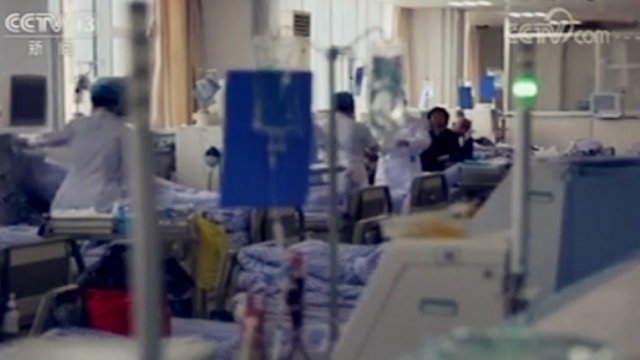
Rao Huiying, chief physician of the Department of Hepatology, Peking University People’s Hospital: "There is no effective vaccine for hepatitis C at present, so the most important prevention and control is such a control of blood-borne transmission. Now there are all oral and direct antiviral drugs, and the curative effect of treating hepatitis C is very good. It takes about three months of treatment, the cure rate is over 95%, and there are fewer adverse reactions. However, it should be emphasized that if hepatitis C has caused definite fibrosis and cirrhosis, even if the virus is cleared, cirrhosis may continue to develop, so it is necessary to continue monitoring. "
Director Rao suggested that hepatitis C virus is very secretive, so it should be found and treated early.